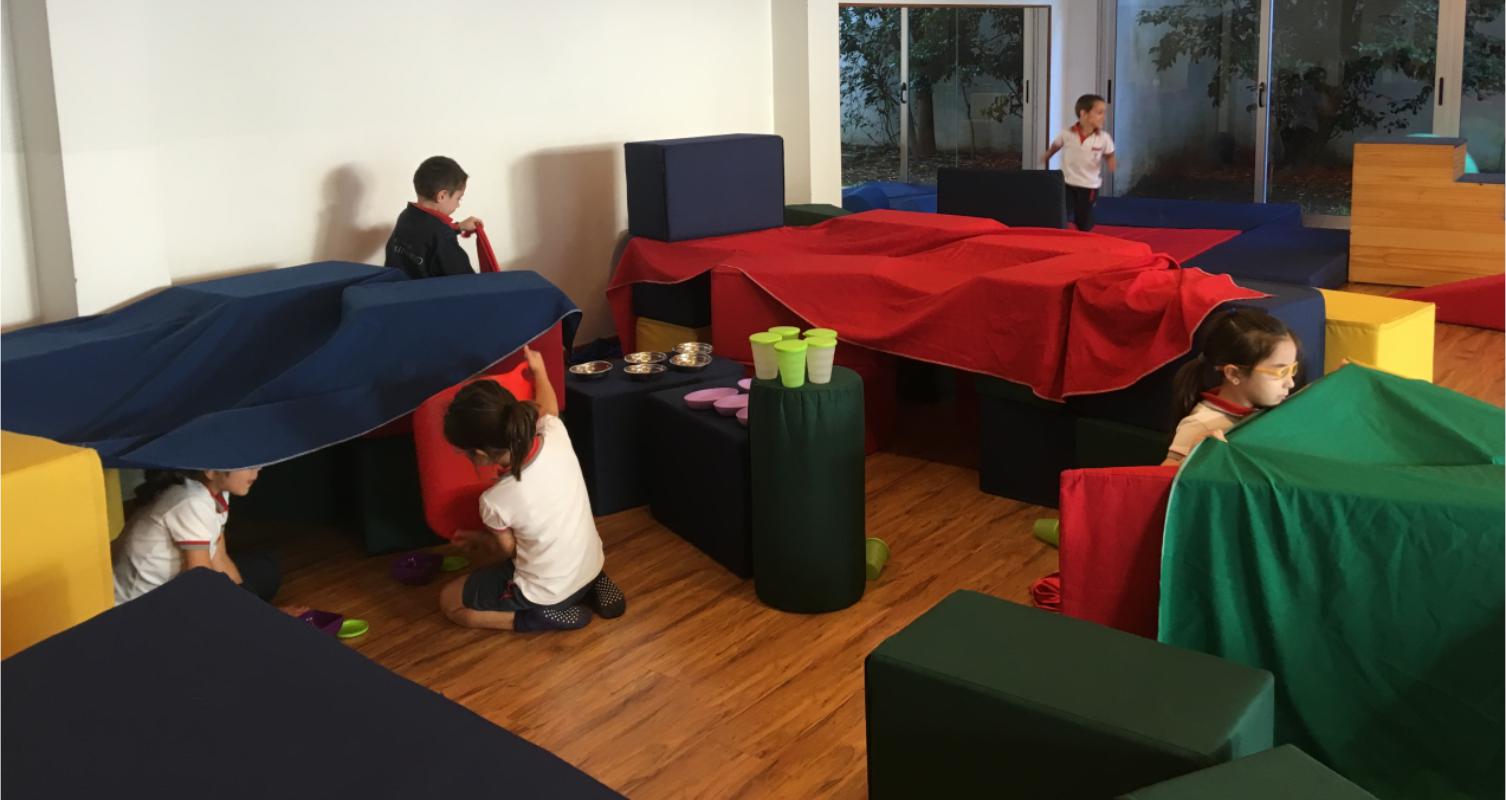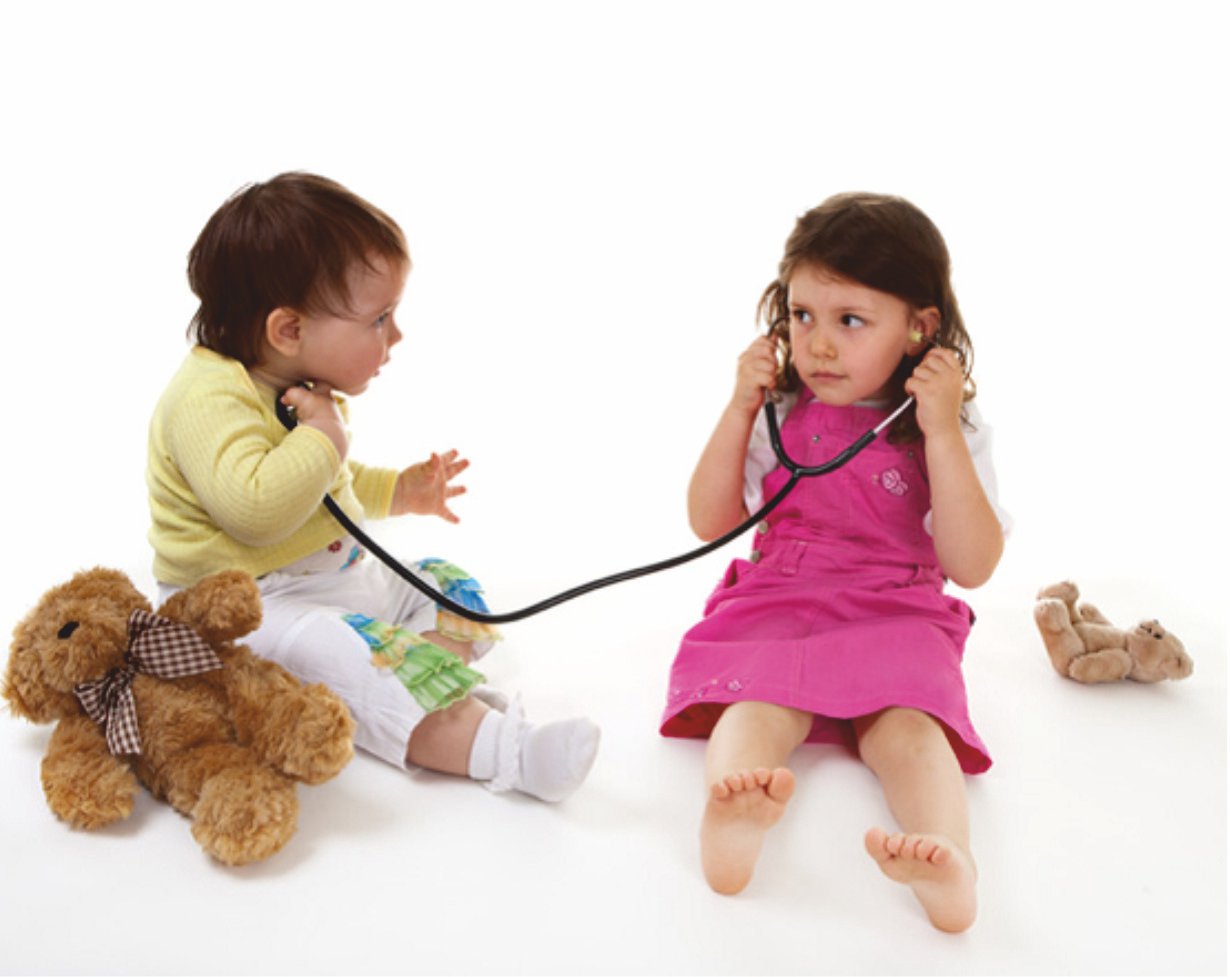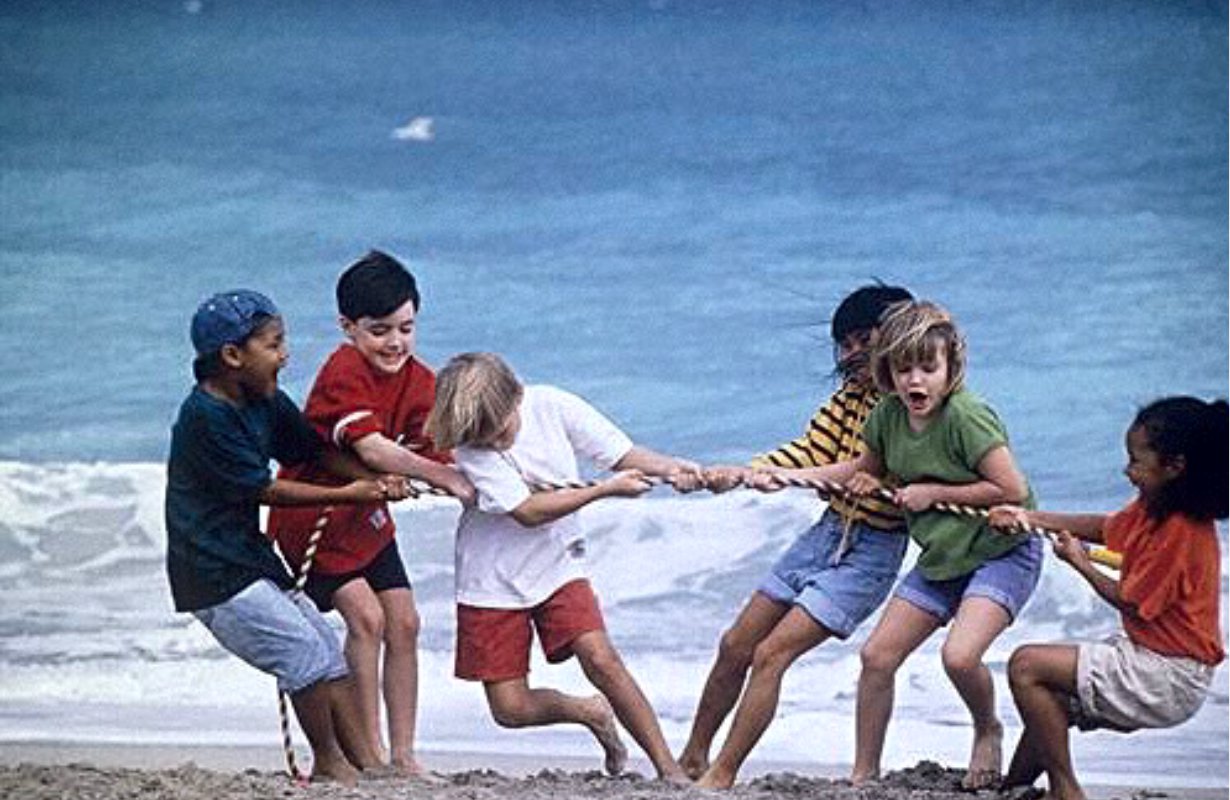
«The proper function of the game is the game itself. It happens that the
The skills that are exercised are the same ones that are used for studying
and for serious adult activities…”
Roger Caillois, “Game Theory”.
When we see children playing, we don't usually wonder why they do it. It is so natural and spontaneous in their behavior that we don't feel surprised or worried by it.
GAME FEATURES
Play serves multiple functions in child development, some of which are:
-
Through play, children explore, transform, fantasize, imagine, build, put their bodies in motion, create and recreate, enjoy, feel, laugh, express themselves, communicate, manage to understand everything they cannot yet understand about reality, manage to know what they do not know, and put into action everything they cannot yet put into words, that is, they elaborate in action. In play, children put out, express their fears, and at the same time find the tools to reduce fears, control them, giving them a place, giving them a name and practicing actions to mitigate them. The unpleasant experiences lived by the child are integrated when playing, and can be transformed into pleasant experiences of mastery and elaboration.If a conflict arises between parents and child during mealtime, whether because the little girl did not want to eat her soup, or anything else, later while playing with dolls, we can be sure to encounter that situation again.» (Piaget, 1981).
-
Playing with objects: this encourages mastery and handling of everyday objects. It allows the body to use and manipulate them under a more relaxed regime and this playful relationship with objects allows for early use, the possibility of experimenting and trying out the praxis -acquired motor skills- of dressing, eating, school, etc.
-
 Shared play also encourages communication and interaction with others. Playing can be the preferred way to socialize, it involves agreeing, sharing, disagreeing. It makes it possible to regulate one's own desires, giving rise to the need to generate agreements, thus encouraging learning with others. Alternating games introduce waiting times, which encourages tolerance in children and in turn requires them to observe the other's play.
Shared play also encourages communication and interaction with others. Playing can be the preferred way to socialize, it involves agreeing, sharing, disagreeing. It makes it possible to regulate one's own desires, giving rise to the need to generate agreements, thus encouraging learning with others. Alternating games introduce waiting times, which encourages tolerance in children and in turn requires them to observe the other's play. -
Playing is an inexhaustible source that calls them to put into motion their imaginary archive, metaphors, sensations that are preserved and put into development when something in the present calls them. This allows them to think about pain, imagine the future, and understand what worries them. Playing is a powerful nutrient for the imagination that promotes creativity and the distinction between fantasy and reality. It allows them to expand memory and attention thanks to the stimuli that are generated, encourages the decentralization of thought and enhances the development of language and abstract thought. The child repeats in his games the impressions that he recently experienced, imitates them and reproduces them. Playing is how we learn.
- Playing allows children to access and prepare themselves for adult roles. Children are enriched by honing their sensitivity, exploring the possibilities offered by maturation and preparing for adult life. It is also a means of improving intelligence through exploration and invention. A child who does not play will not develop healthily..
GAME EVOLUTION
The type of play varies with age. In the early years, games are played primarily with motor skills, where each child experiences his or her abilities and shares the play space. He or she plays them out of curiosity to learn about his or her own body and the world around him or her through action, exploration and manipulation.
Little by little, more elaborate games emerge, such as role-playing, representation and construction games. These consist of evoking an object or action that is not present and locating it in the current space and time. This is the beginning of memorization and serves a function in emotional and intellectual development. Family games, superhero games, and social role games (doctors, for example) appear. Towards the age of 4, these well-elaborated role-playing games begin to unfold, where they have to come to an agreement with the other participants, decide the place of the game, distribute the roles, build the space of the scene, and finally begin to play.
Gradually, at school age, games with rules (sports, board games, etc.) begin to predominate, where the rules are obligatory and cannot be modified. These types of games encourage learning to follow imposed norms, promote self-control and the development of responsibility and democracy. Over the years, children gradually discover that each game can be played in a different way, and finally become aware that the rules are the explicit formulation of agreements.
 In the educational field, when working from free play, we are doing so from the natural reality of children, which allows us to understand their way of being and existing in the world. We will seek to intervene and promote in a timely manner so that all these characteristics of play appear and can be a factor in learning, evolution, growth and development.
In the educational field, when working from free play, we are doing so from the natural reality of children, which allows us to understand their way of being and existing in the world. We will seek to intervene and promote in a timely manner so that all these characteristics of play appear and can be a factor in learning, evolution, growth and development.
“The child plays continuously; it is impossible to know when he is not playing. He even plays his own role, ensuring a kind of displacement in his way of being in the world. In more extreme situations, sometimes the most tragic, the child plays as if play, a wonderful, varied and rich activity, were for him a necessary way of being. Play is the privileged form of childish expression.” Philippe Gutton (1973).
Psm. Federica Bonino